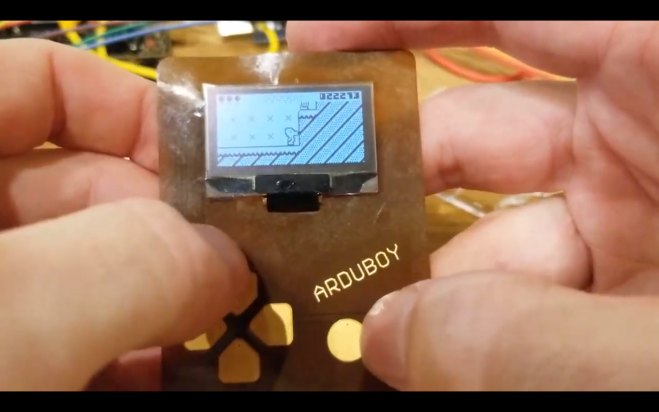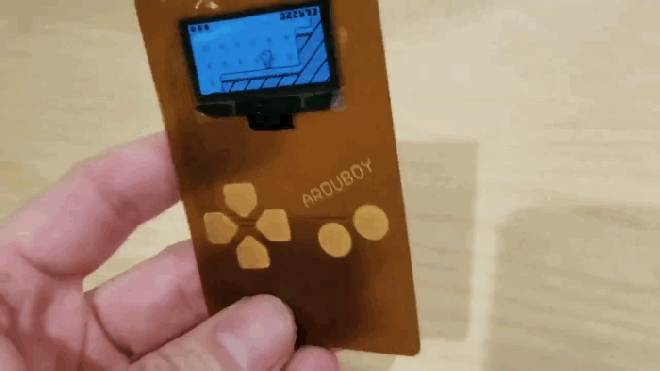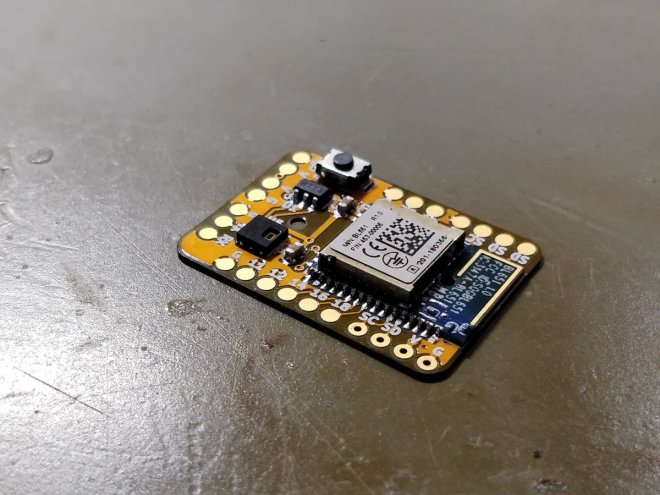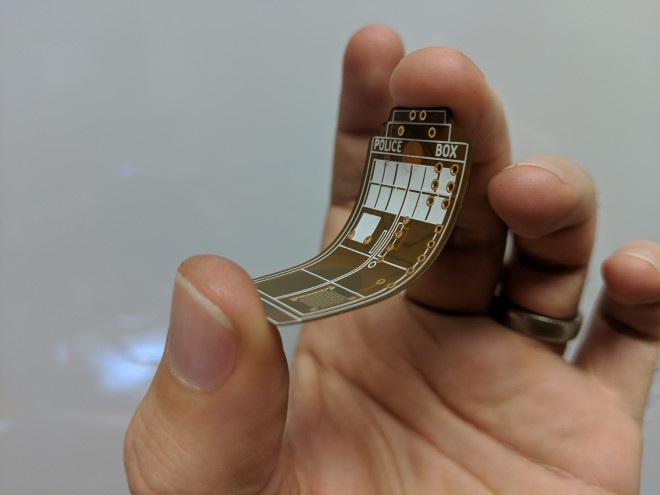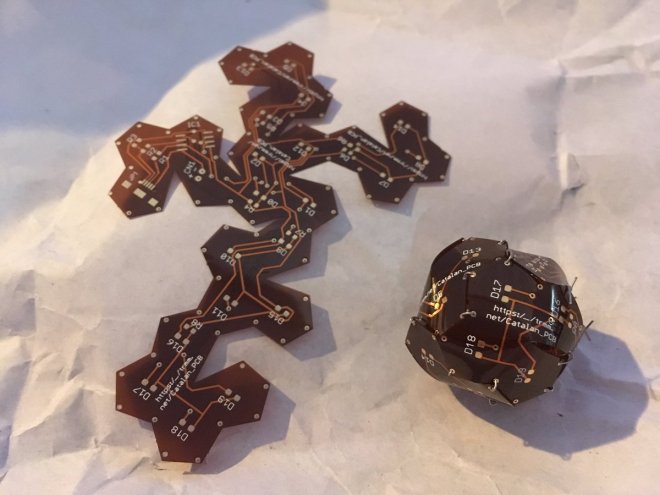We are excited to see what people create in this new flexible PCB design contest on Hackaday.io:

The now-humble PCB was revolutionary when it came along, and the whole ecosystem that evolved around it has been a game changer in electronic design. But the PCB is just so… flat. Planar. Two-dimensional. As useful as it is, it gets a little dull sometimes.
Here’s your chance to break out of Flatland and explore the third dimension of circuit design with our brand new Flexible PCB Contest.
We’ve teamed up with Digi-Key for this contest. Digi-Key’s generous sponsorship means 60 contest winners will receive free fabrication of three copies of their flexible PCB design, manufactured through the expertise of OSH Park. So now you can get your flex on with wearables, sensors, or whatever else you can think of that needs a flexible PCB.
HOW TO ENTER
Go over to Hackaday.io and create a project with images of your flexible circuit board design, and be sure to tell the story of how and why you came up with it. When the project is published, look for the “Submit project to…” link in the left sidebar and submit it to the Flexible PCB contest.
AWARDS
- 60 contest winners will receive an OSH Park code for 3 complimentary boards from OSH Park shipped to them (there’s a size limitation detailed below). Please allow 8 weeks after the close of this contest.
- 3 Tindie gift certificates of $100 each will be awarded for:
- Best Social Media Picture or Video
- You can post a picture or video of your device, of you working on your device, or anything related on Twitter, Facebook, Instagram, Youtube, or any other social platform. You must post a link to the video in the comments on this page.
REQUIREMENTS
Here’s the small print on those free flexible PCB awards: If you’re one of the lucky 60 (yay, that’s a lot!) winners, you’ll receive a coupon that will cover the cost of a PCB up to 2 square inches (13 square centimeters) in size. If your design is larger you can still use this coupon and choose to pay the portion of the cost beyond that size. The best part is that OSH Park delivers three copies of the board from each order! See the contest page for complete rules.
WHAT SHOULD I BUILD?
Pretty much anything that needs a flexible PCB qualifies. Use your imagination! Folding cell phones are all the rage now, so use that for inspiration. Perhaps you’re into wearables, which are begging to be made from flexible materials. Repair a wonky laptop display with a new flexible connector? That counts. Working on something so small that a traditional PCB is just too bulky? We want to hear about it.
We’ve lined up some resources to help you get started. Check out OSH Park’s Flex PCB FAQ for all the technical details on flexible PCBs. If you’re new to PCB design, Brian Benchoff’s excellent Creating a PCB in Everything series covers everything you need to know.
Still stuck? Here are a few recent projects featuring flexible PCBs that might get the creative juices flowing (not all of which would necessarily fit the qualifications):


